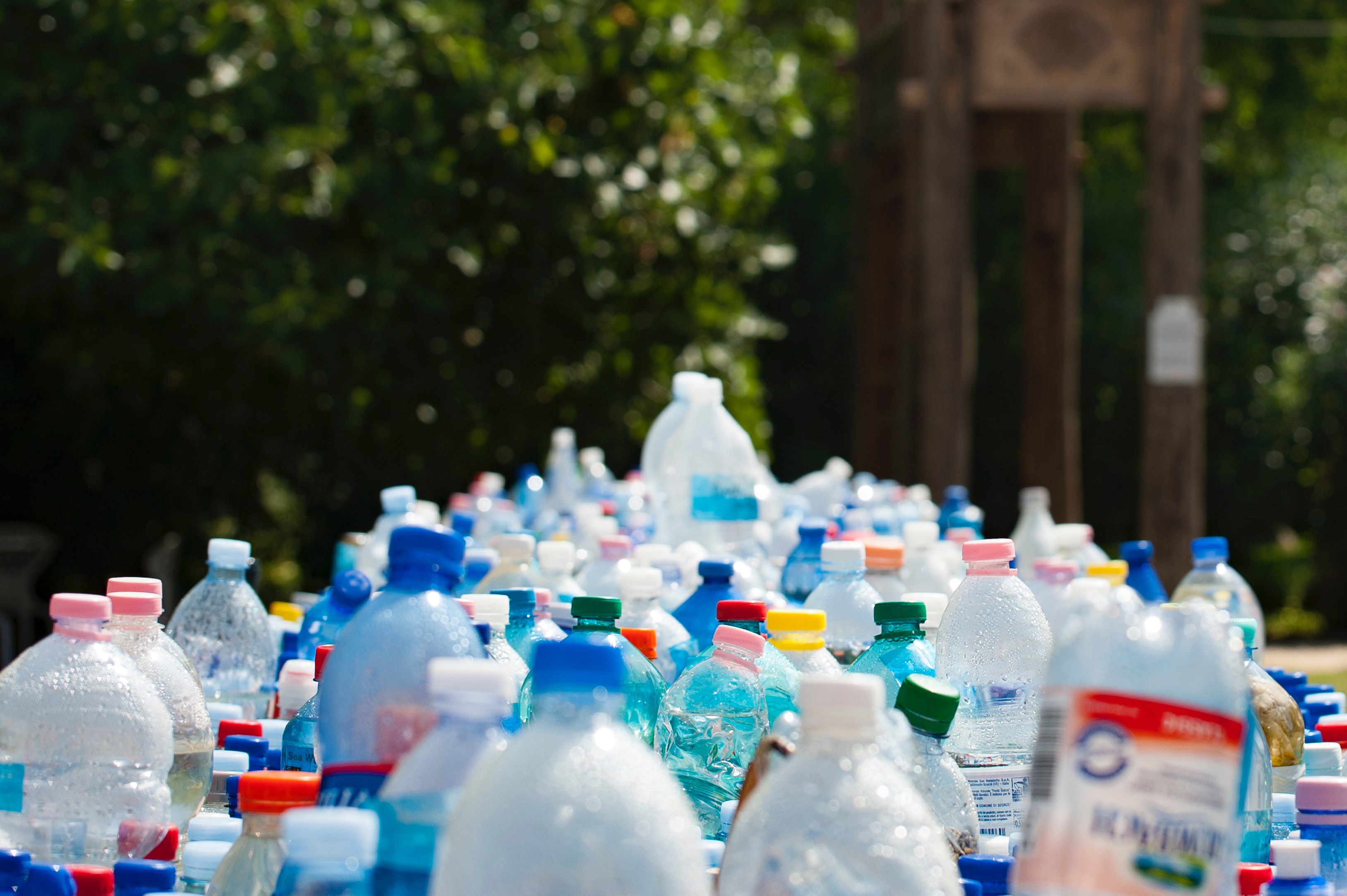Report: Recycling Rate Can Be Boosted with Minimal Investment and Existing Infrastructure

The Association of Plastic Recyclers (APR) compiled research and analysis from across the $236 billion recycling industry — including over 9,000 community recycling programmes across the country and more than 100 post-consumer recyclers — and released findings that say US plastic recyclers could boost PET and HDPE bottle recycling rates with minimal additional investment and by using existing processing infrastructure in the US.
Steve Alexander, President and CEO of the Association of Plastic Recyclers, said:
"Increasing the recycling rate is important because demand for recycled material, a key driver of the recycling chain, is stronger than ever, spurred by a variety of factors, including brand sustainability commitments and legislative activity."
The report explains that 80% of rigid plastic packaging is polyethylene terephthalate (PET), high-density polyethylene (HDPE), and polypropylene (PP). These are the types of plastic packaging (such as soda bottles, laundry detergent jugs, and yoghurt tubs) that are most commonly used by businesses and are available to consumers to recycle. The report found that 21% of these types of plastic are recycled based on EPA data.
PET and HDPE bottles have a current recycling rate of 28%.
The report concludes that meeting this high demand and continuing to sustain and grow recycling will require multiple steps, including companies manufacturing plastic products and packaging that are compatible with recycling, consumers putting recyclable material in the bin, and utilising a robust recycling infrastructure to collect, sort, and process that material.
The policy recommendations made in the report include ensuring that all new products and packaging are made to be compatible with recycling, increasing and strengthening community recycling programs, and considering the cost of disposal and the low cost of landfill.
Giving the public an easy way to determine what is recyclable could help with this. Recycle Now QR Code Recycling works by allowing consumers to scan a code that takes them to a page with a product overview, which includes a product photo, name, and description. Beneath the product description is a “Recycle Now” link. When the user clicks Recycle Now, the app will request the user’s location or zip code.
Featured Article: How Companies Can Improve Recycling Technology
The EPA states that in the US, recycling is an essential part of Sustainable Materials Management (SMM), an approach that emphasises the productive and sustainable use of materials across their entire life cycle while minimising their environmental impacts.
Like the US, England is also looking to improve recycling rates. The country did not meet its 2020 target to recycle 50% of household waste by weight as set out in the Waste Framework Directive (2008). England’s recycling rate of household waste decreased by 1.5%, from 45.5% recycled in 2019 to 44% in 2020. In raw numbers, that’s 10.1 million metric tonnes of household waste recycled in 2019, compared to 9.9 million in 2020. The target is set to increase by 5% every five years until 2035 when 65% of household waste by weight is expected to be recycled.
Source: Environmental Leader

